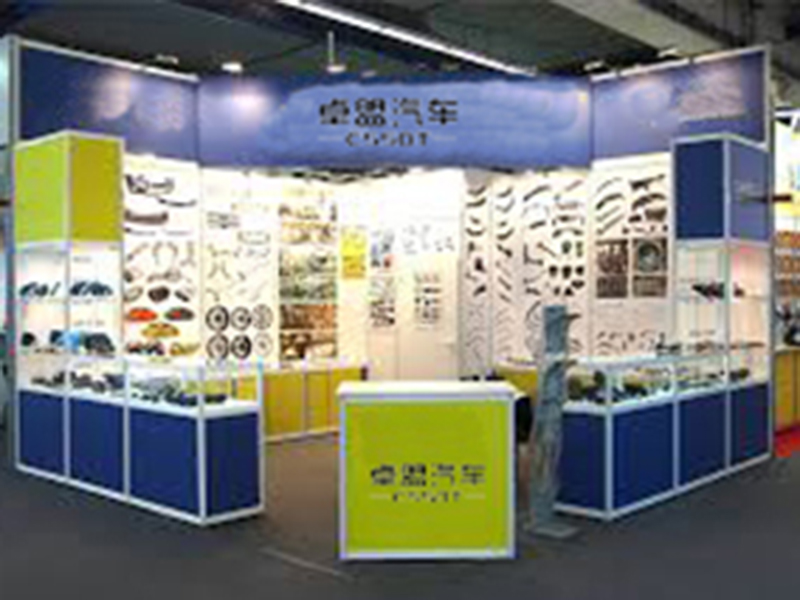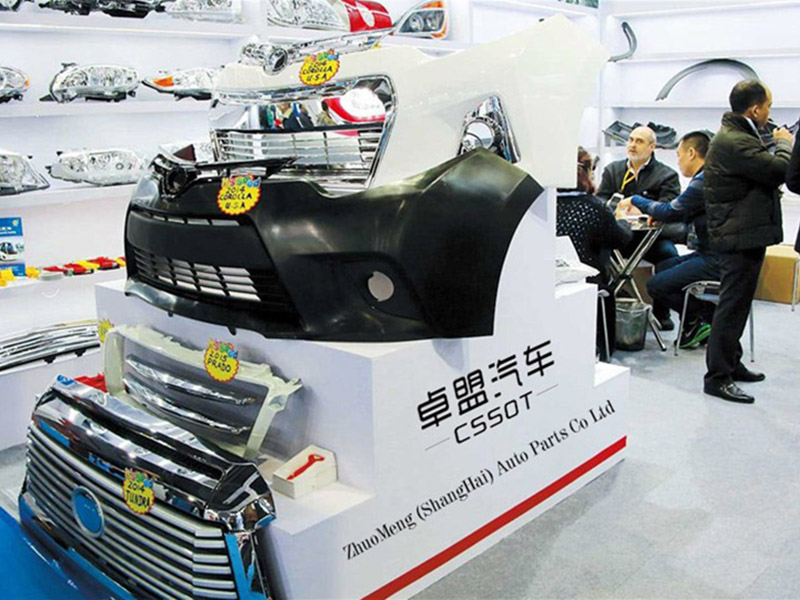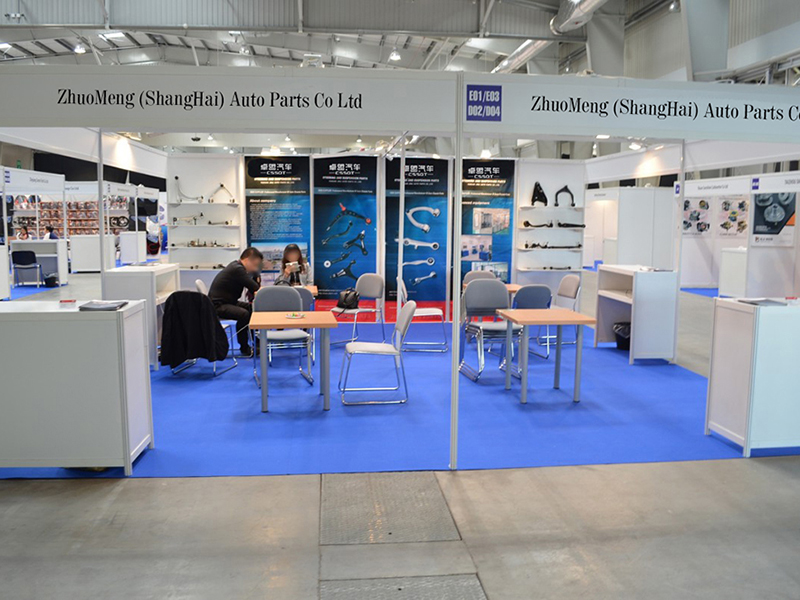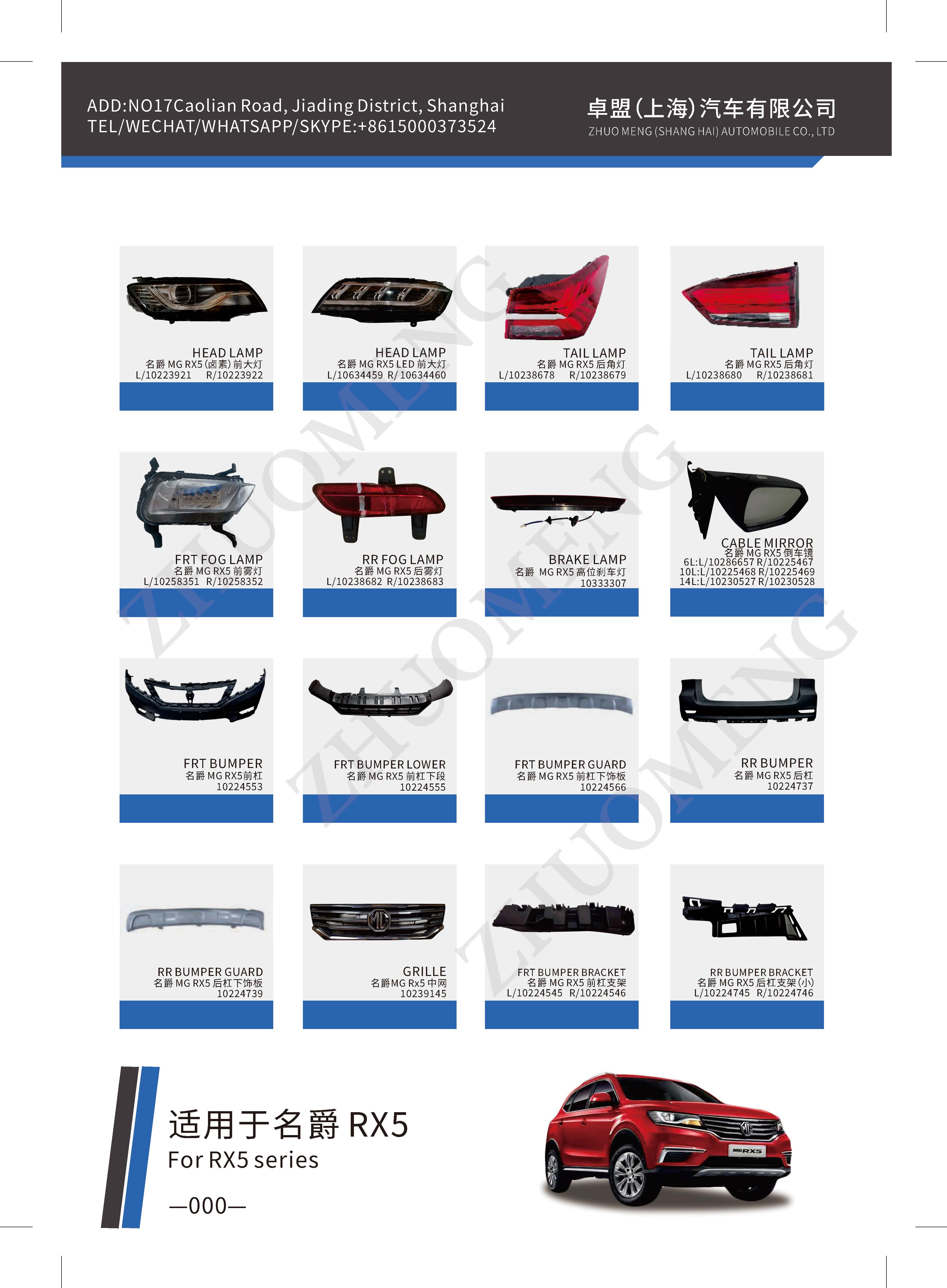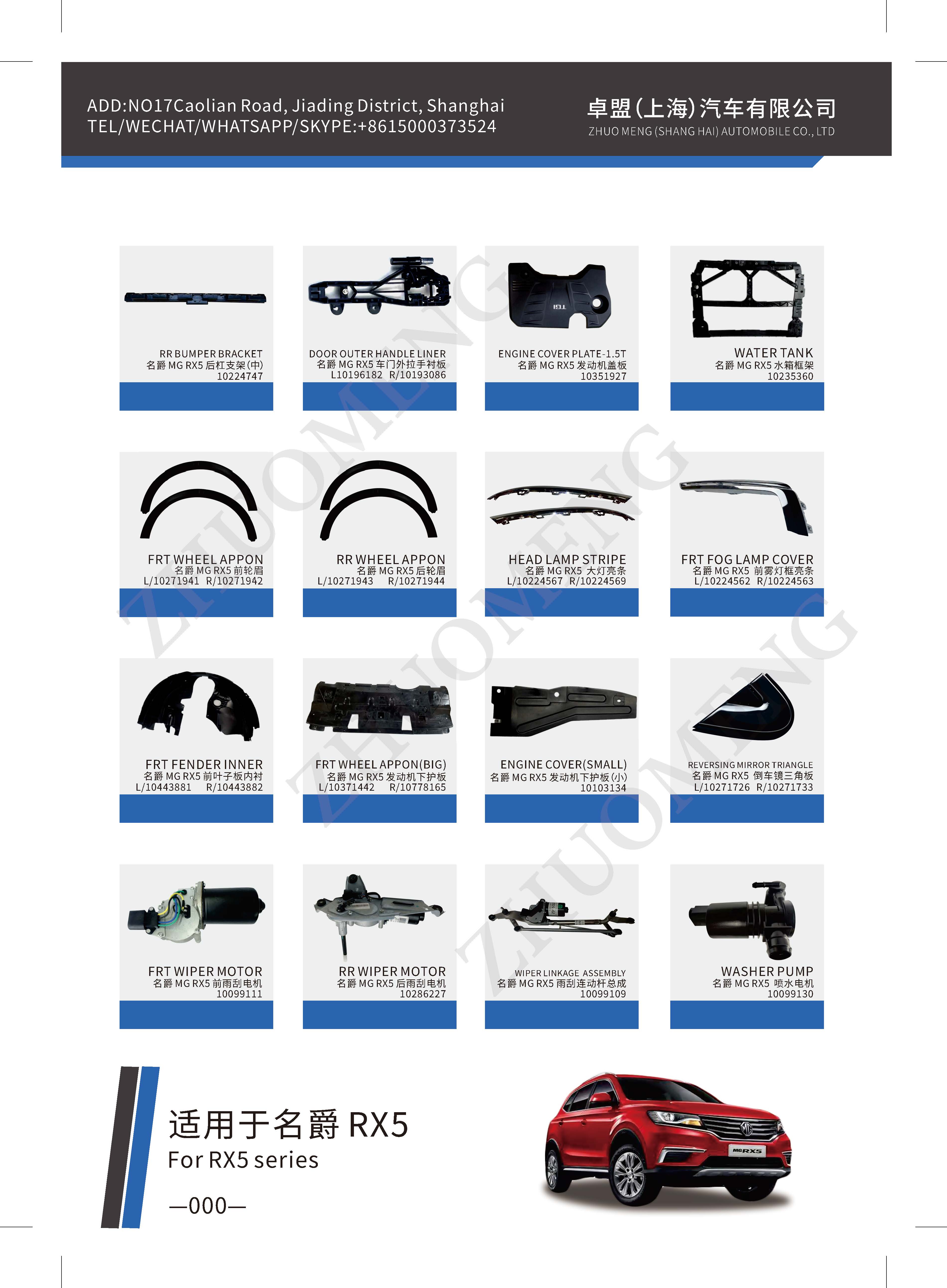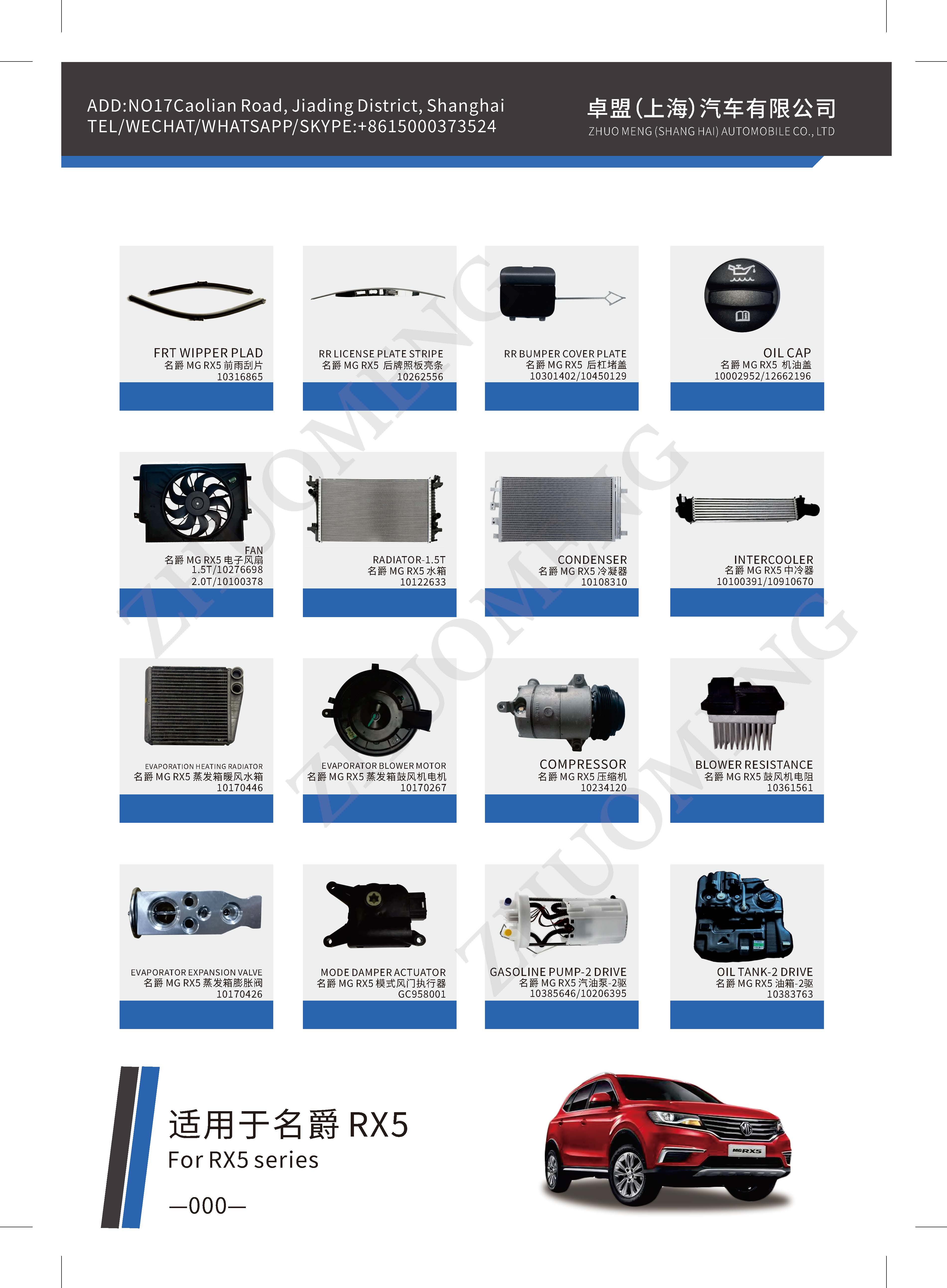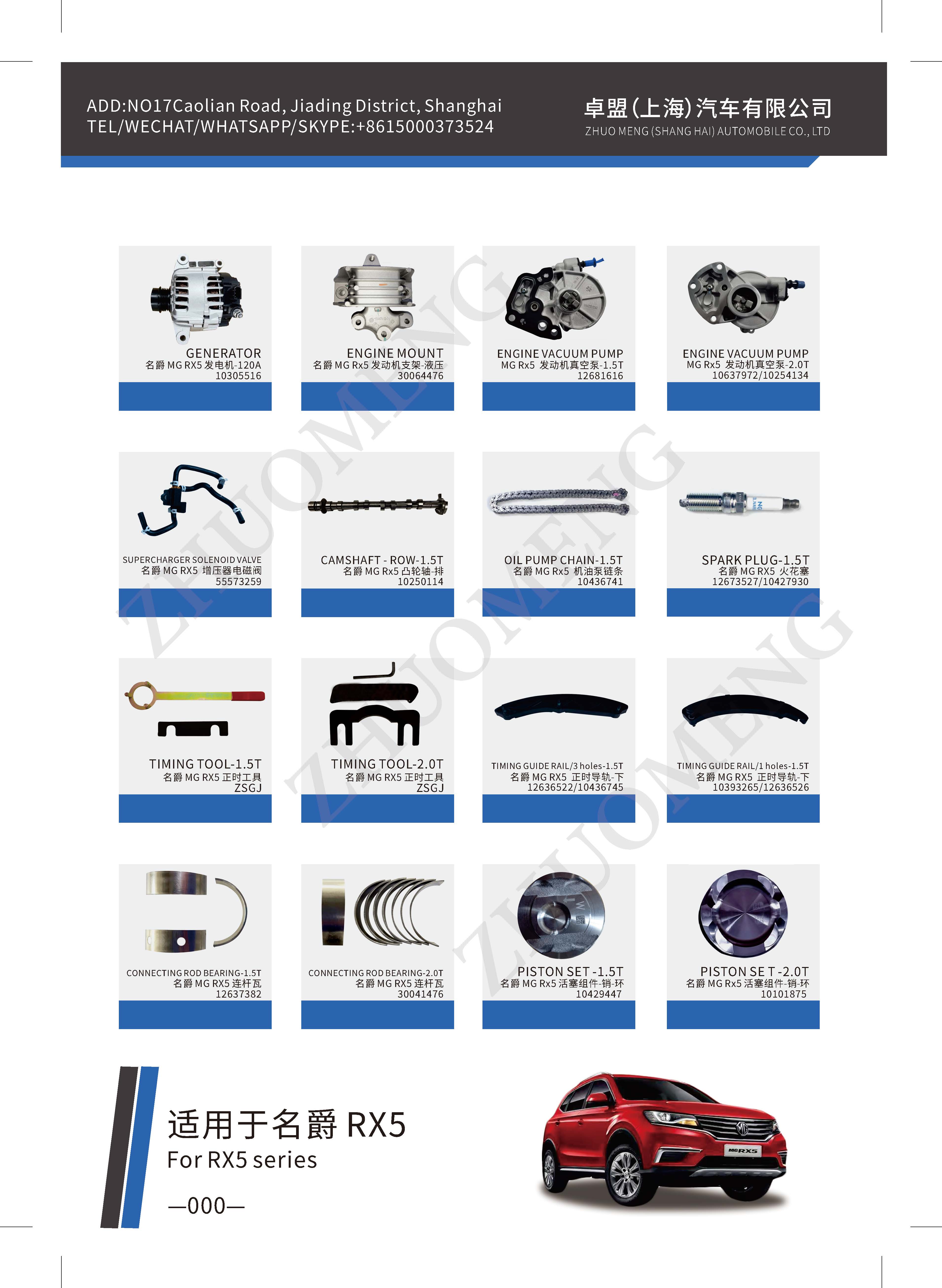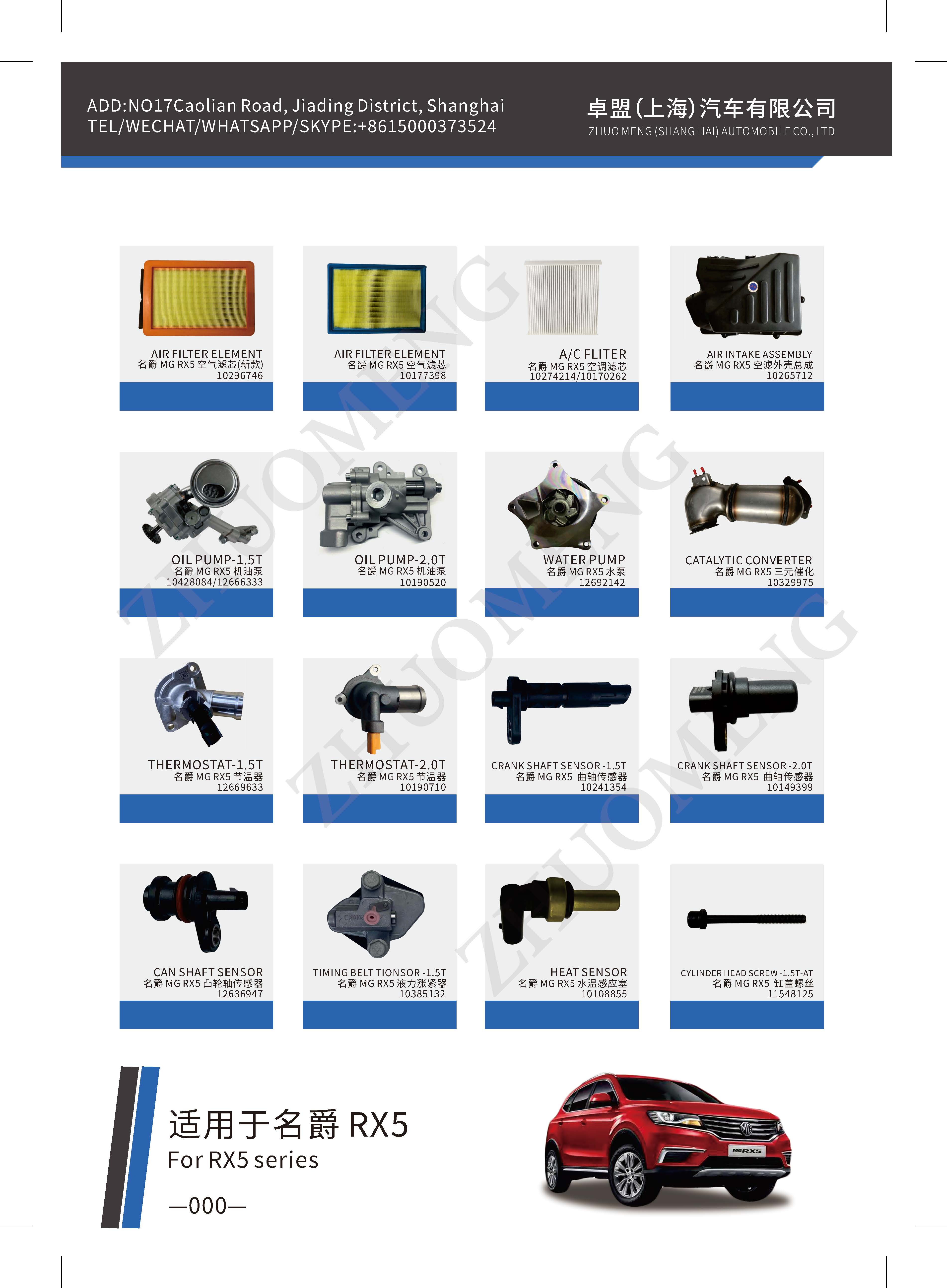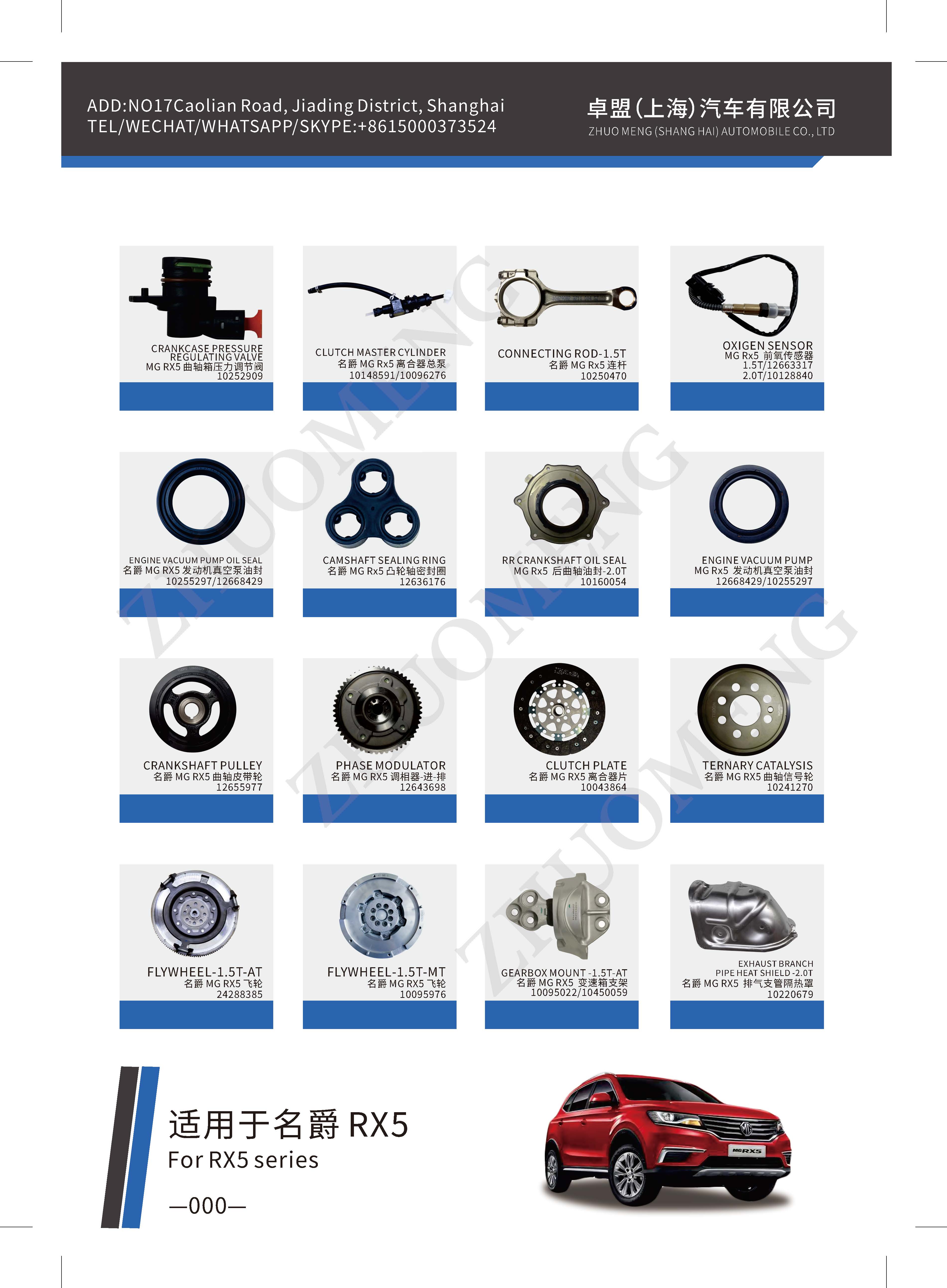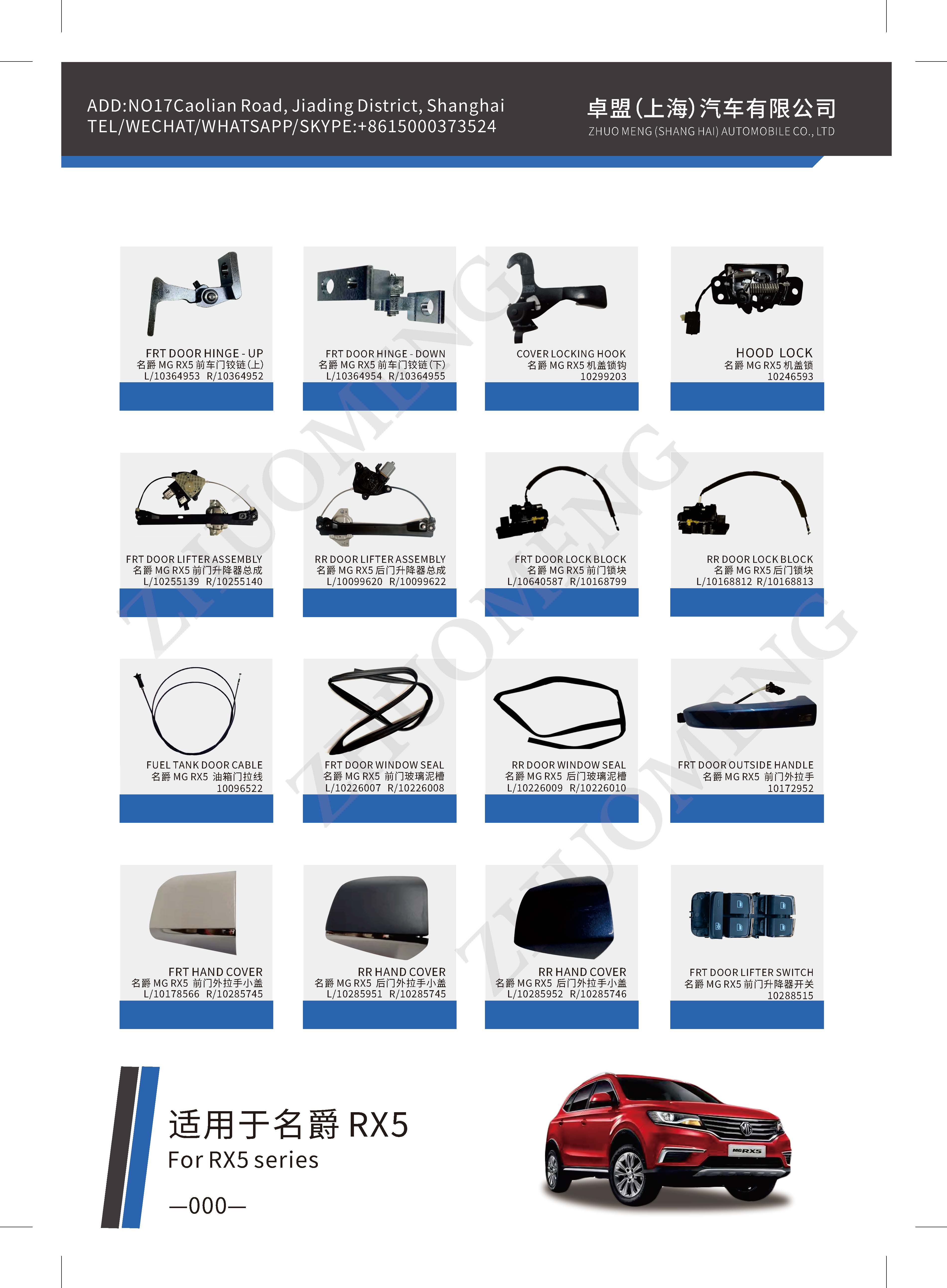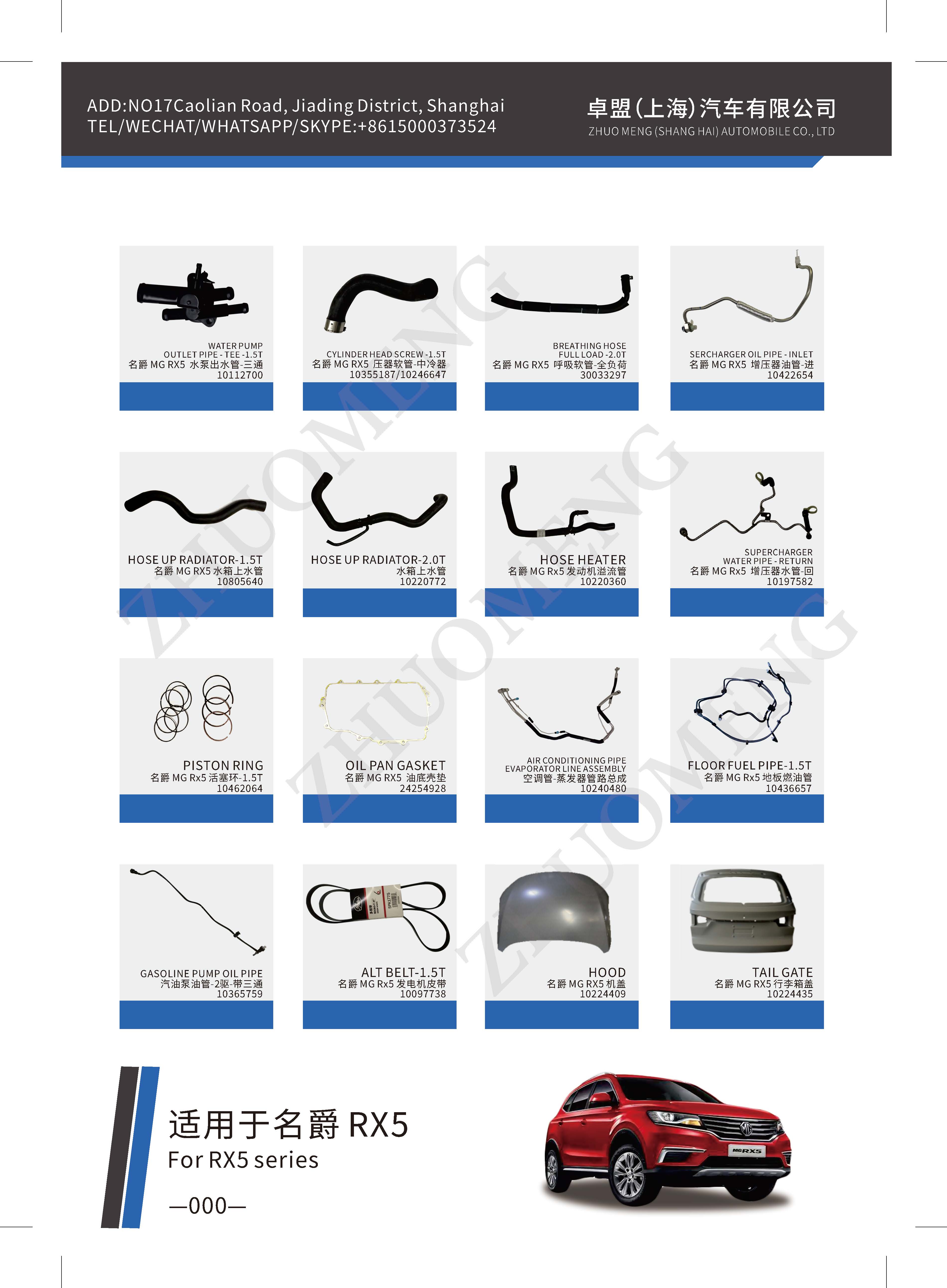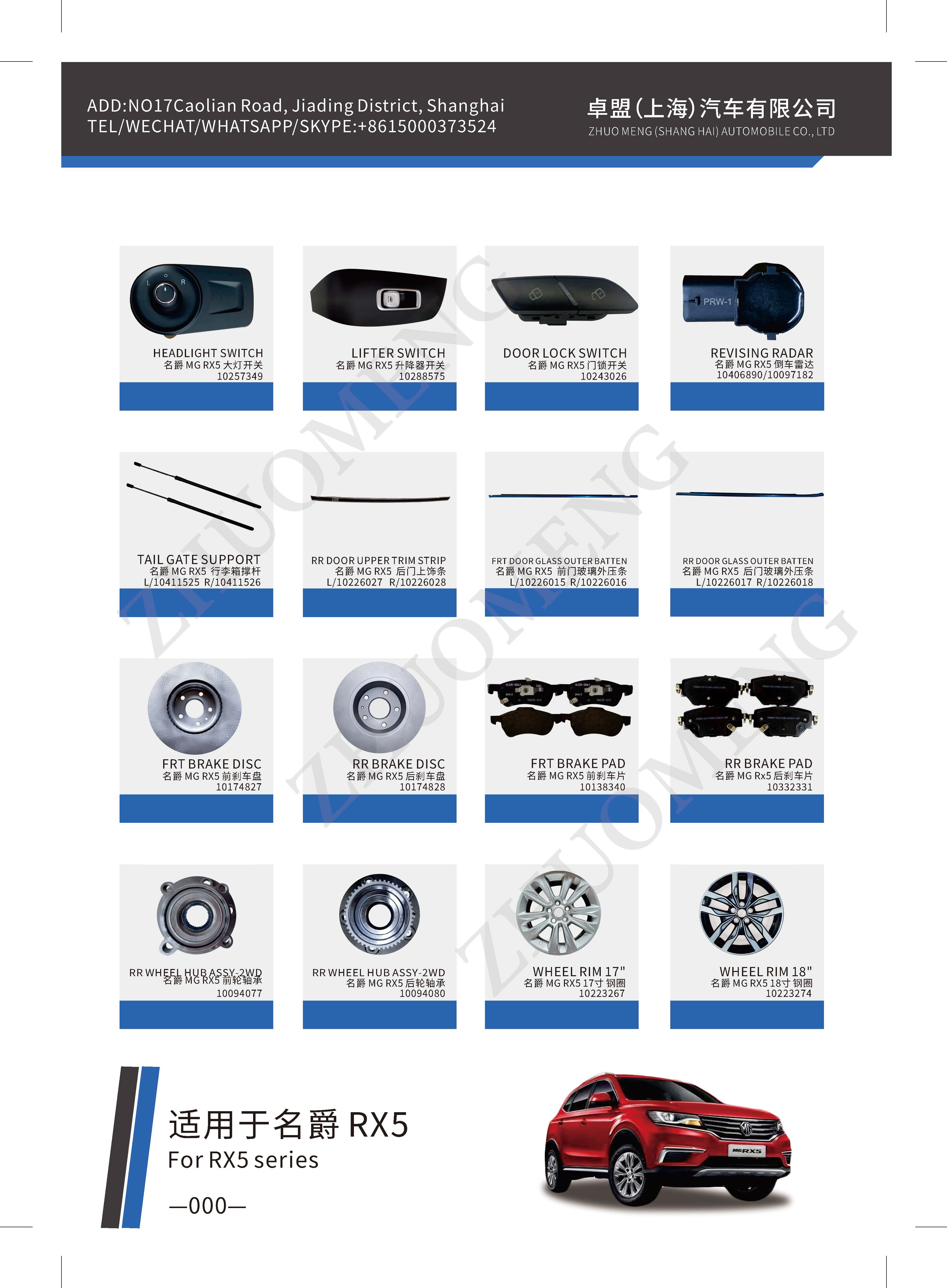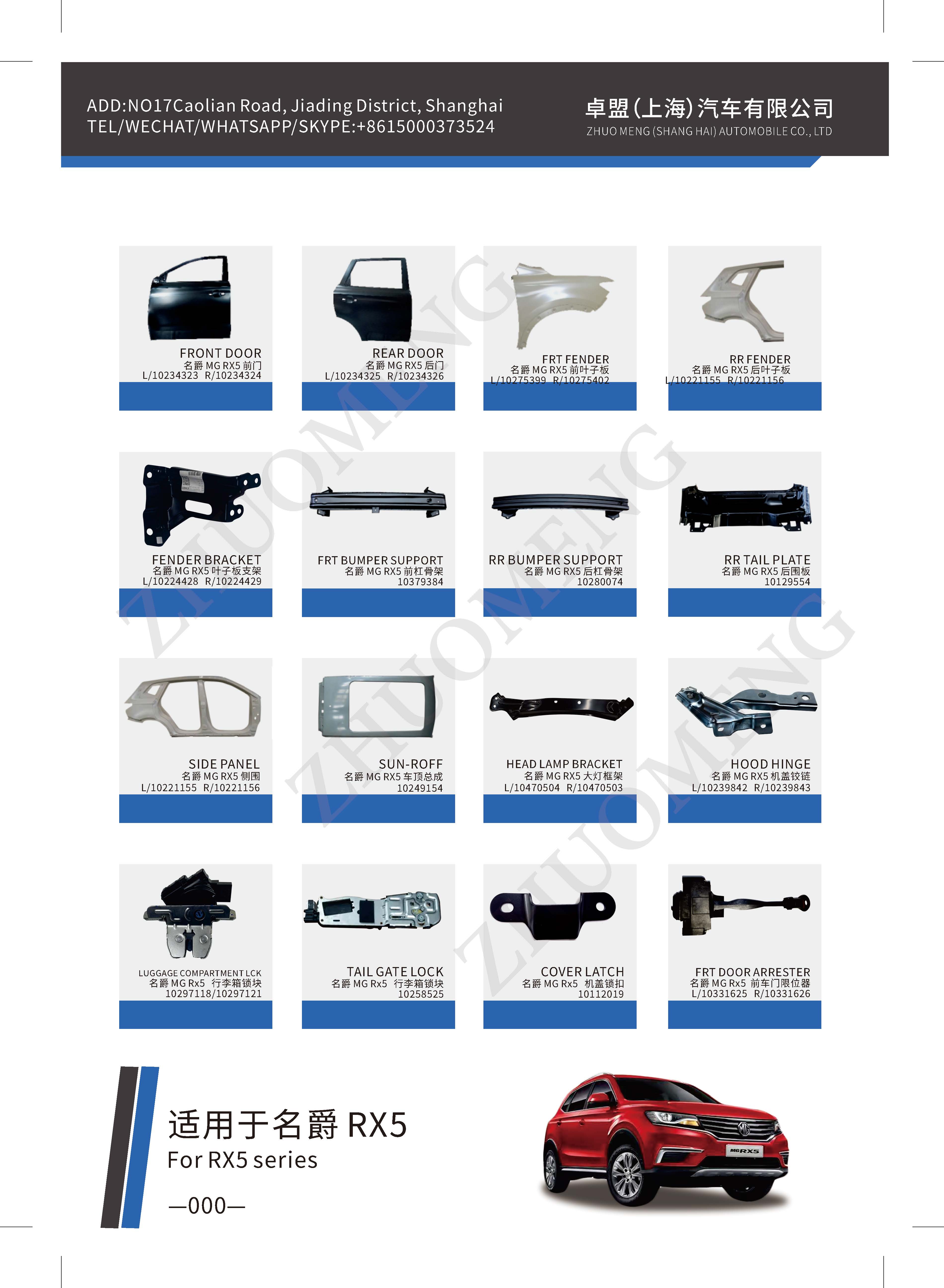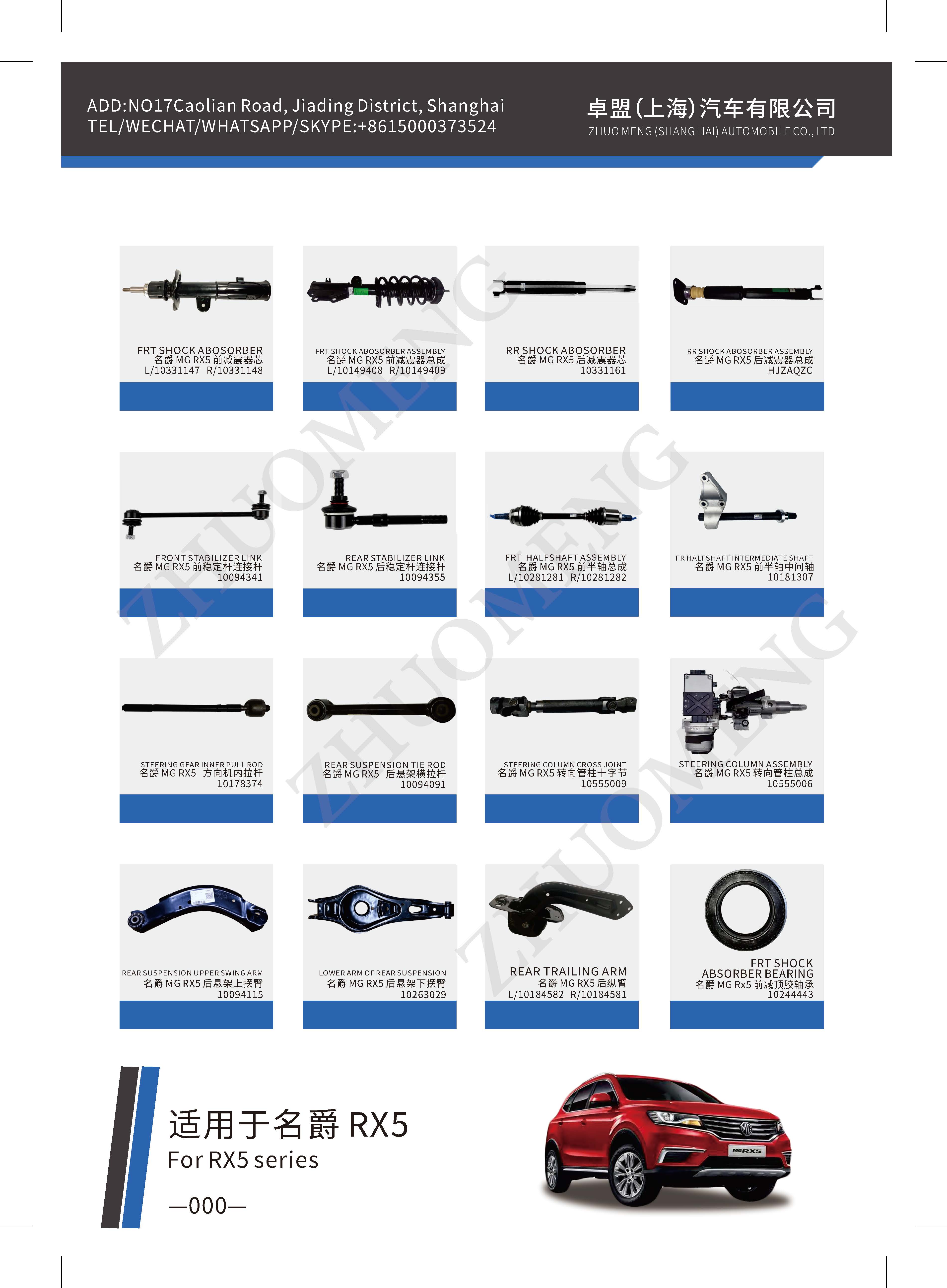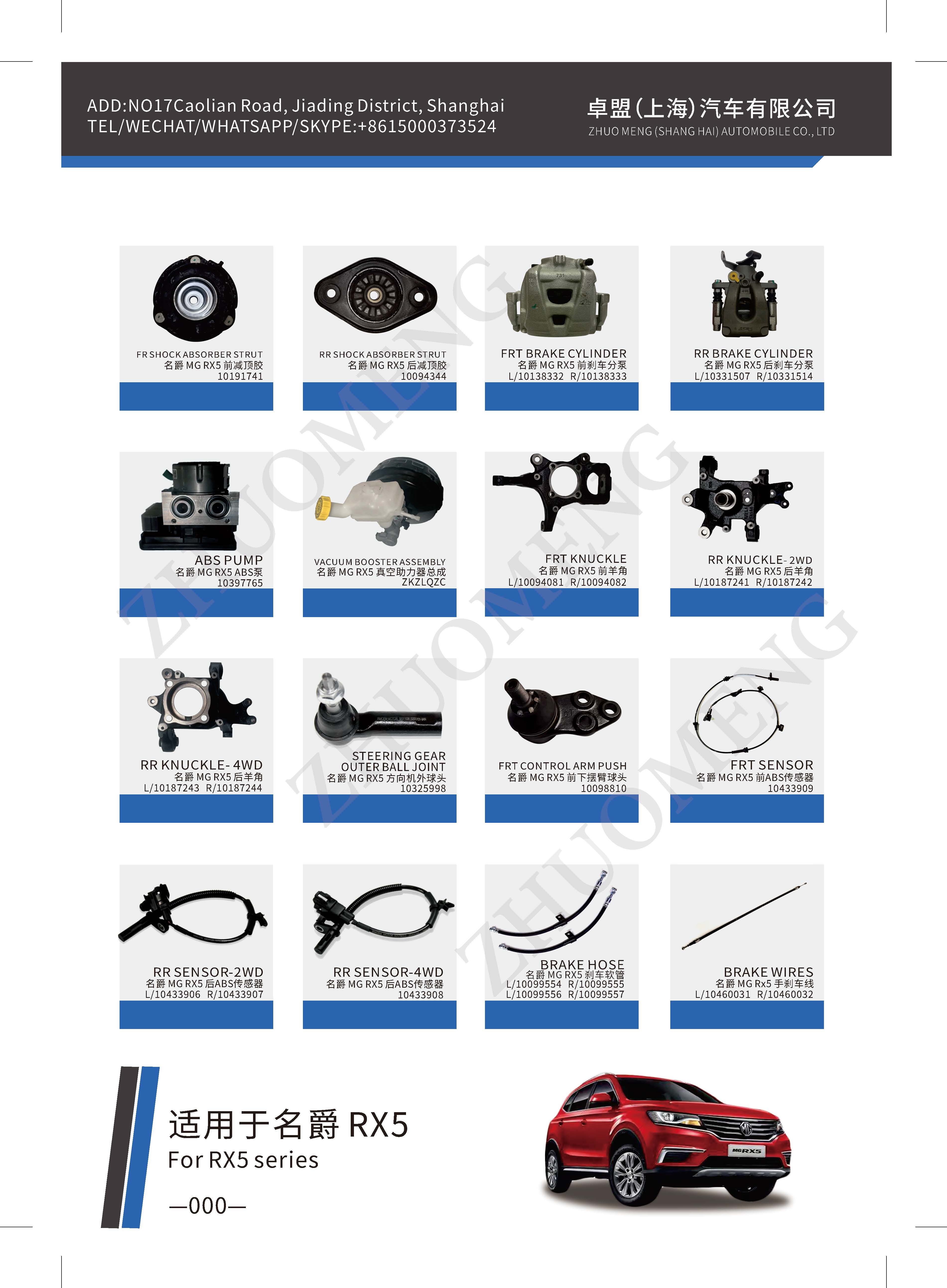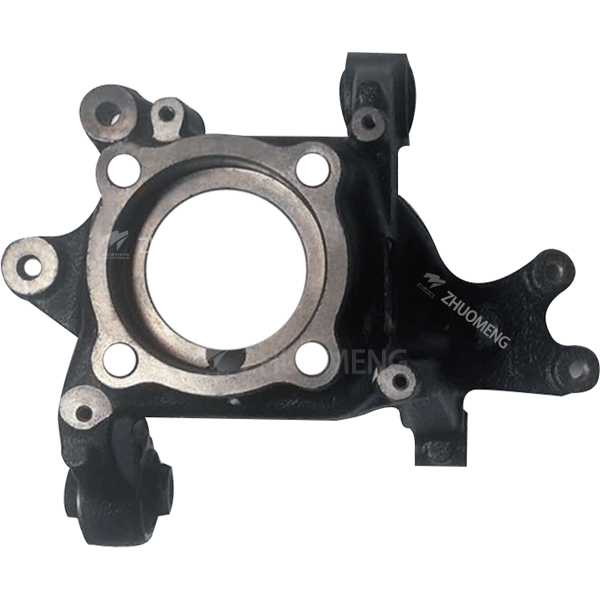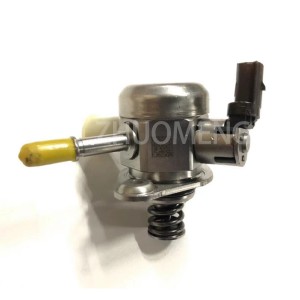Inclination of wheel
In addition to the above two angles of kingpin rear Angle and inner Angle to ensure the car stable straight running, the wheel camber α also has a positioning function. α is the included Angle between the intersection line of the vehicle transverse plane and the front wheel plane passing through the front wheel center and the ground vertical line, as shown in FIG. 4 (a) and (c). If the front wheel is installed perpendicular to the road when the vehicle is empty, the axle may tilt the front wheel due to load deformation when the vehicle is fully loaded, which will accelerate the partial wear of the tire. In addition, the vertical reaction force of the road to the front wheel along the axis of the hub will make the hub pressure to the outer end of the small bearing, aggravate the load of the outer end of the small bearing and the hub fastening nut, the front wheel should be installed in advance to make it a certain Angle, in order to prevent the front wheel inclination. At the same time, the front wheel has a camber Angle can also adapt to the arch road. However, the camber should not be too large, otherwise it will also make the tire partial wear.
The roll out of the front wheels is determined in the knuckle design. The design makes the axis of the steering knuckle journal and the horizontal plane into an Angle, the Angle is the front wheel Angle α (generally about 1°).
Front wheel front bundle
When the front wheel is angled, it acts like a cone when rolling, causing the front wheel to roll outward. Because the constraints of the steering bar and axle make it impossible for the front wheel to roll out, the front wheel will roll on the ground, which will aggravate tire wear. In order to eliminate the adverse consequences brought by the front wheel inclination, when installing the front wheel, the center surface of the two front wheels of the car is not parallel, the distance between the front edge of the two wheels B is less than the distance between the back edge A, the difference between A-B becomes the front wheel beam. In this way, the front wheel can be close to the front in each rolling direction, which greatly reduces and eliminates the adverse consequences caused by the front wheel inclination.
The front beam of the front wheel can be adjusted by changing the length of the cross tie rod. When adjusting, the distance difference between the front and back of the two rounds, A-B, can conform to the specified value of the front beam according to the measuring position specified by each manufacturer. Generally, the value of the front beam ranges from 0 to 12mm. In addition to the position shown in Figure 5, the difference between the front and rear at the center plane of the two tires is usually taken as the measurement position, and the difference between the front and rear at the side of the rim of the two front wheels can also be taken. In addition, the anterior beam can also be represented by the anterior beam Angle.
